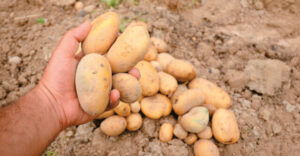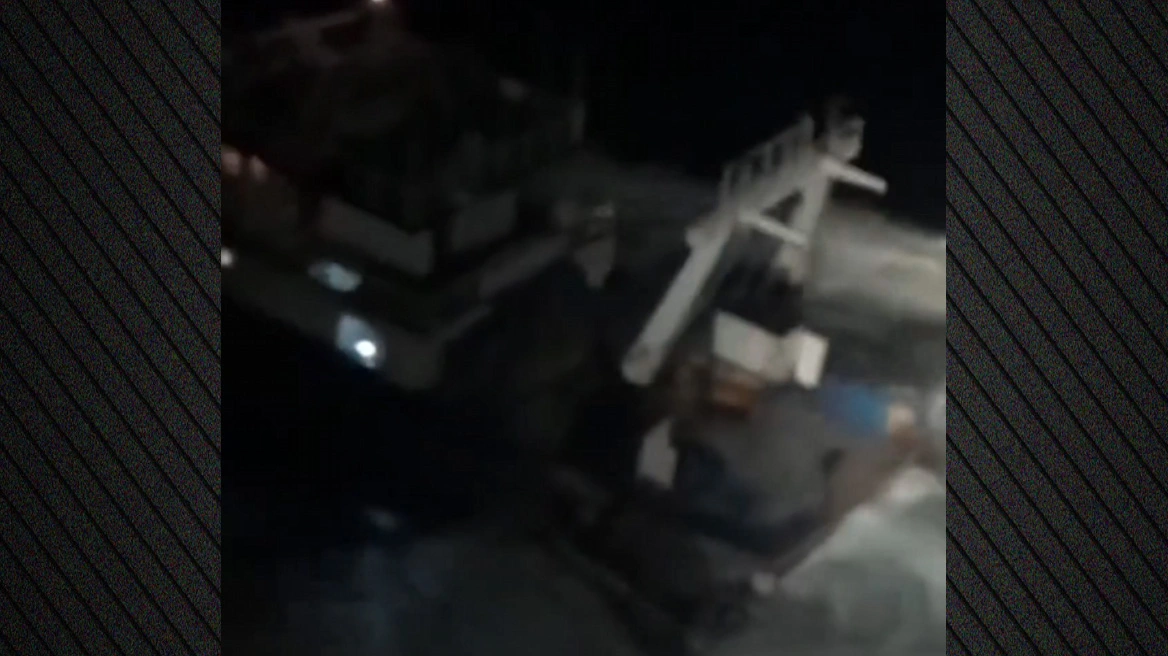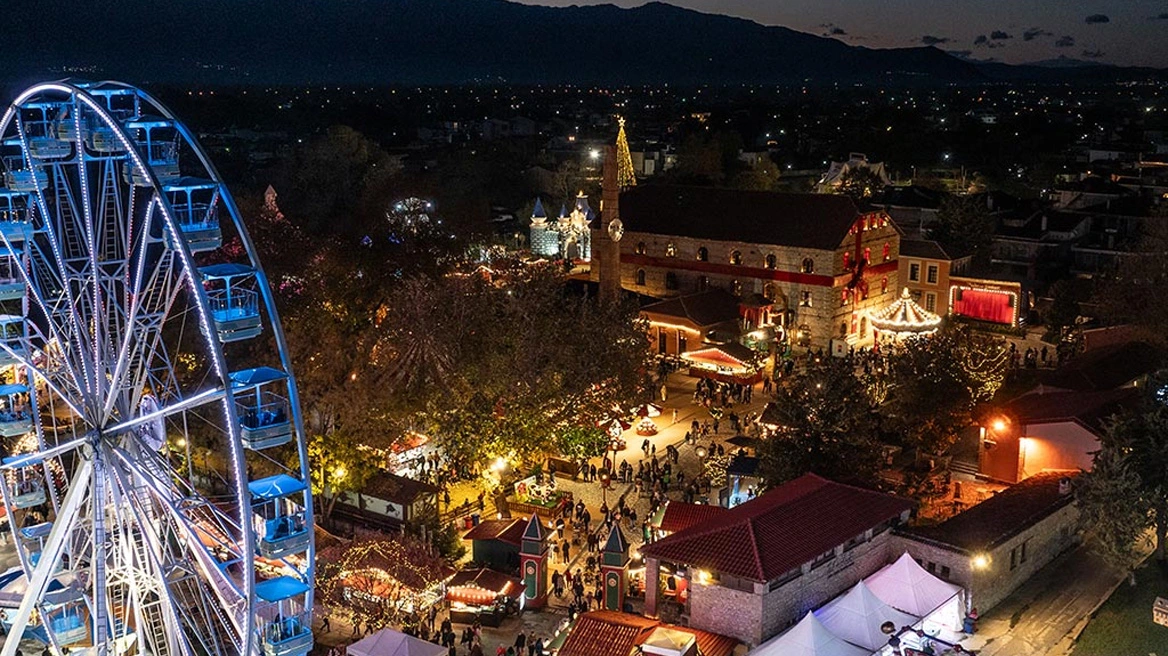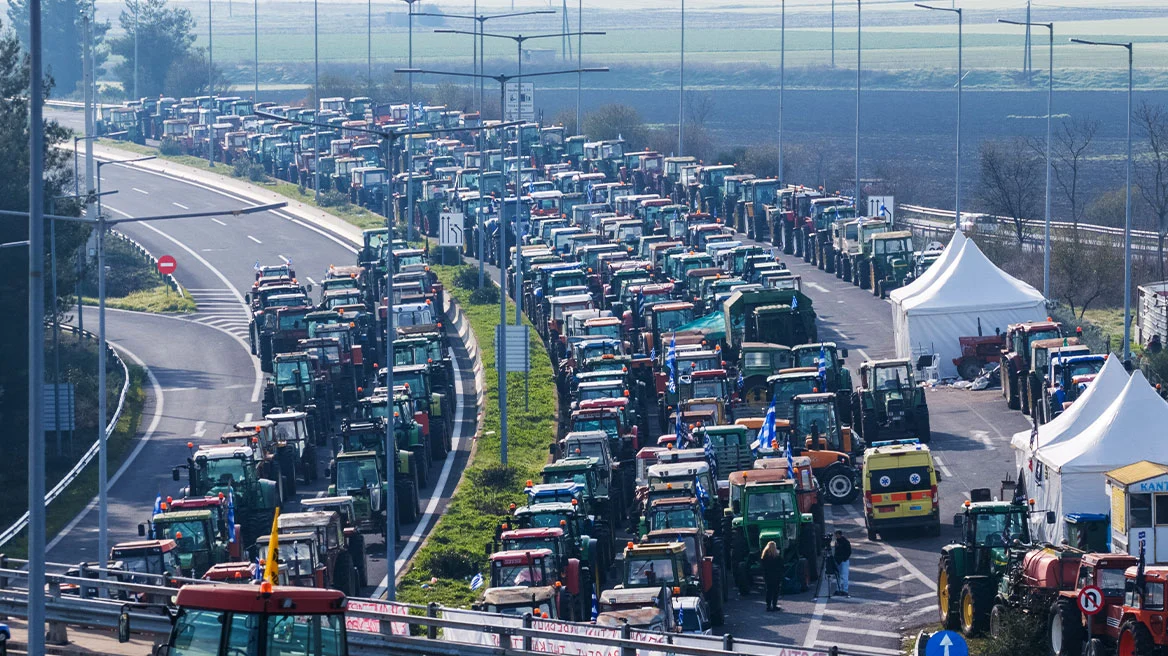With all eyes on the olive groves (as the price of olive oil is the protagonist and driver of food inflation), consumers are waiting to find out if this season holds more inflation. Although the signals are currently contradictory – as consumption is declining, but production is also declining due to the climate crisis – there is a trend of de-escalation. But that is one side of the story. The other is about the despair at the unprecedented, bordering on insane, conditions farmers are facing.
Acreage, micro-carcity, unexplained disease and – at best – early and short production are some of the new phenomena plaguing the country’s agricultural production from coast to coast. In terms of olives, for example, Kalamata is moving to normal production this year, but Crete and Macedonia are seeing a huge decline due to high temperatures.
And if this doesn’t seem strange to you, you will certainly find it odd – but also scary – that in Larissa the almond trees are producing mummified (!) fruits, in Pella thousands of acres of peach trees produce suddenly deformed peaches that cannot be eaten, in Nefrokopi, Drama and Arcadia the potatoes are smaller, in Markopoulou the fig trees are dropping fruit with the risk of losing 100% of the production, in Prespes the bean producers are thinking of abandoning the cultivation since almost nothing is produced.
So it seems that our country’s producers are experiencing the first terrifying phase of a dystopian scenario, which ends up on our table and doesn’t seem to be heading for a happy ending.
When it comes to olive oil, it is almost impossible to predict what will happen. Olive oil producers in our country initially expected production to rise from 140,000 (last year, a bad year) to 200,000-220,000 tonnes. But they landed at 150,000-160,000 tonnes.
The reason is -what else?- the continuing heatwave almost throughout the summer.The situation is vividly described in a memo to the Minister of Rural Development and ELGA by the president of the Association of Olive Municipalities of Crete, Yannis Malandrakis, who calls for compensation to be started to olive growers for damages caused by unusually high temperatures and drought, as is the case with those caused by frost.
“It is well known that losses of 40% compared to the average were caused to last year’s olive production, but losses of a similar amount have already been suffered by the coming olive production due to conditions of extreme drought and prolonged fires that extended during the critical period of flowering – fruit harvesting,” Malandrakis said and continued: “However, all these damages, which are rather wrongly called by various people “acarps”, resulted from unusually high temperatures and low rainfall (anomaly) during the critical period of blossoming – fruiting for olive production.”
The claim for compensation due to climate change does not come arbitrarily. In Sitia, high temperatures and drought have driven many olive growers to despair, as the dramatically reduced production has left them with no liquidity to continue farming. How much has production been reduced? While in good years Sitia produces about 16,000 tonnes of olive oil and this year it was expected to produce between 12,000-13,000 tonnes, after the harvest it was realised that production will not exceed 3,500 tonnes.
Olive growers in Halkidiki also characterize this year as difficult. As they explain, this year, due to the prolonged drought, watering started in April – while in previous years it started in May and even in July -with the situation worsening due to the water scarcity in the region.
Amidst all this, however, there is a note of optimism from olive oil processing executives, who believe that the current olive oil season will end on a positive note. However, they see a deceleration in shelf prices of up to 39%. Combined with relatively good productions across the Mediterranean basin, a 40% drop in consumption everywhere is bound to put downward pressure on prices as there will be sufficient supply. At the same time the market, appreciating that there will be a price reduction, will not buy except to meet immediate needs.
Without juice
In Larissa, where nearly 90% of the country’s almonds are produced, growers say the continued high temperatures are killing the trees. As a result, many almond trees are suffering from formosis, a serious disease caused by high temperatures that dries out the trees.
In many crops, however, because of the drought, the fruit suffers mummification. The issue has also reached the Parliament, with Larissa LD MP Maximos Charakopoulos reporting: “A significant percentage of the harvested production is already unsuitable for harvesting, as the almonds do not grow normally within the shell and the fruit appears as mummified on the trees.
As the growers claim, some varieties (tuono, phylloxera) show a higher percentage of damage, even up to 50% of the harvested production. This fact has caused a manifest pessimism about the harvested production, the income from the crop and meeting their livelihood needs.”
Also, in Larissa and in Imathia scientists are scratching their heads skeptically trying to understand how and why the epidemic of deformation of peaches and nectarines was transferred. The problem started in Central Macedonia, where trees suddenly began to produce fruit on half the branch and those with angles (!), wood texture instead of the softness of peaches, and without much juice. As one realizes, these fruits cannot be sold.
The problem, which started in 2021 in a 10-acre field, this year has expanded to more than 10,000 acres in Imathia, Pella, Florina, Kilkis, Pieria and Larissa. As this is the first time this phenomenon has occurred on the planet, scientists are struggling to understand what causes it and what the solution is.
They believe it is most likely a combination of events linked to climate change. On the one hand, mild winters increase the viral load and mite populations (which are likely to cause deformities), and on the other hand, high temperatures from spring do not allow sufficient pollination and cause deformities in the fruit.
There is no solution to the issue. Unless a way is found by chemical intervention to stop the phenomenon, there is a possibility that all the trees that give these fruits will be uprooted, become pellets, burned and in their place peach trees will never be replanted.
Microcarpy and acarpy
In Kastoria, Amyndeon and Prespes bean producers are in despair. Drought and high temperatures have almost completely destroyed their production. The constant heat waves are affecting the beans to the point that they are not producing any fruit at all, as they are flowering.
The problem is so big that the president of the Agricultural Cooperative of Bean Growers of the National Park (ASFED) of Prespes “Pelekanos”, Kostas Nalbandidis, claims that “we are seriously considering the possibility in the region to abandon beans and move on to other crops because of the problems we are facing from the high temperatures that are affecting production to a great extent.”
In Neukopi, the high temperatures have caused microcrop (e.g. potatoes are produced, but they are much smaller), and due to the drought the cost of irrigation has tripled. This, in turn, leads to a 30% reduction in potato crops. This is logical when one considers that in previous years the water used for irrigation in the Lefkoia Dam in Nefrokopi was 8 million cubic metres, while this year it is limited to just 2 million. Fatefully, some fields were not irrigated.
Potato growers in Arcadia are also registering microcarcity due to high temperatures, while in Naxos the potato is heading for extinction due to water scarcity. No more than 1 800 tonnes are expected to be produced on the island this year, as producers have dramatically reduced the areas under cultivation, which are underperforming. A producer from Naxos explains that from last year’s 80 hectares, he has cultivated 10 hectares this year due to the water shortage, so the production he expects will be 1,000 kilos/hectare rather than the usual 3,500-4,000 kilos/hectare.
Cropping
In Crete, grapes, both wine and table grapes, have been raisined off due to the heatwave – but not only on the Megalonissos. Throughout the Greek countryside, many vineyards are being abandoned by producers as there is no possibility of maintaining them.
In the region of Markopoulo, fig and pistachio producers, as the members of the agricultural cooperative said in a letter to the relevant authorities, were faced with “an unprecedented wave of prolonged high temperatures (heatwave) in June. This month is considered crucial for the proper development of the fruit and, according to the meteorological service, this June was the hottest ever.
As a result, there has been a fruit drop that in some areas reached 85%” of the 10,800 trees grown on 1,100 acres. “High levels of fruit drop continue and will lead to total loss of production rates,” they say. About 22,000 trees are grown at Markopoulo on a total cultivated area of about 1,600 acres. The prolonged drought, combined with very high temperatures, has caused very low or even non-existent levels of fruiting of a very dynamic and profitable crop in the region such as pistachio.
The very high temperatures have prevented the plants from undergoing bud differentiation during the winter, a consequence of exposing them to temperatures much higher than those specified to produce fruiting shoots. In the Thessalian Campos, producers of cotton, tomatoes and corn are struggling to protect their crops from the prolonged heatwave, but they are concerned not only about the quantity produced, but also about quality.
Especially in corn, the high temperatures since June have stressed the plants, which are not as tall as they should be, while the roses are empty. Producers estimate that “all indications are that this year will be the lowest production in a decade.” They are of course not alone in this, as in every corner of the country producers of various agricultural products are facing similar problems.
Grapes
The grapes, both wine and table grapes, have gone raisiny due to the heatwave. Throughout the Greek countryside, several vineyards are being abandoned by producers as there is no possibility of maintaining them.
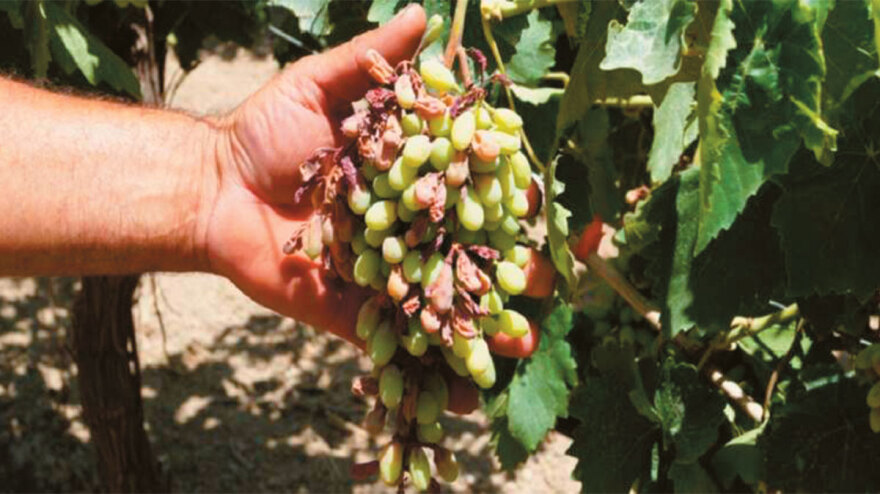
Beans
In Kastoria, Amyndeon and Prespes, bean producers are in despair and are considering abandoning the crop, as drought and heatwave have almost completely destroyed their production.
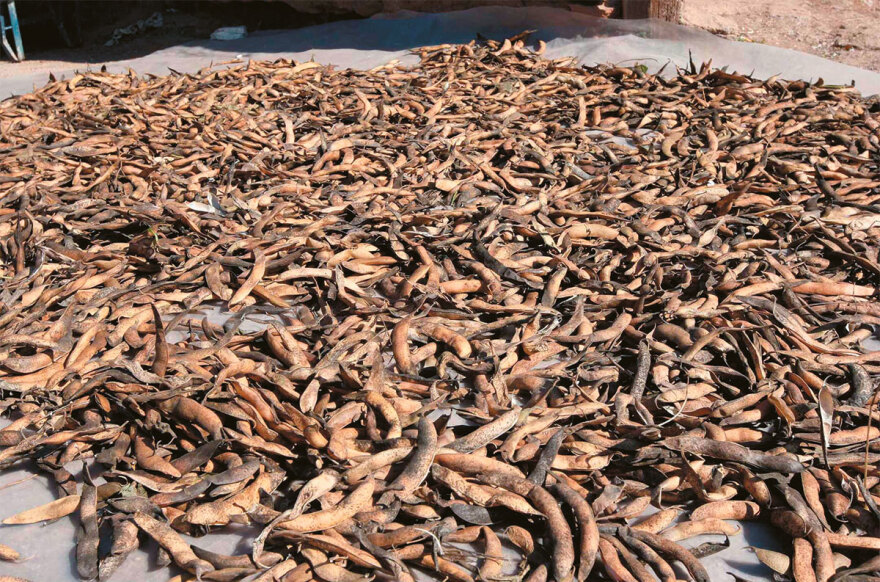
Kalaboki
In Thessaly’s Kambos region, cotton, tomato and corn producers are fighting to protect their crops from the prolonged heatwave.
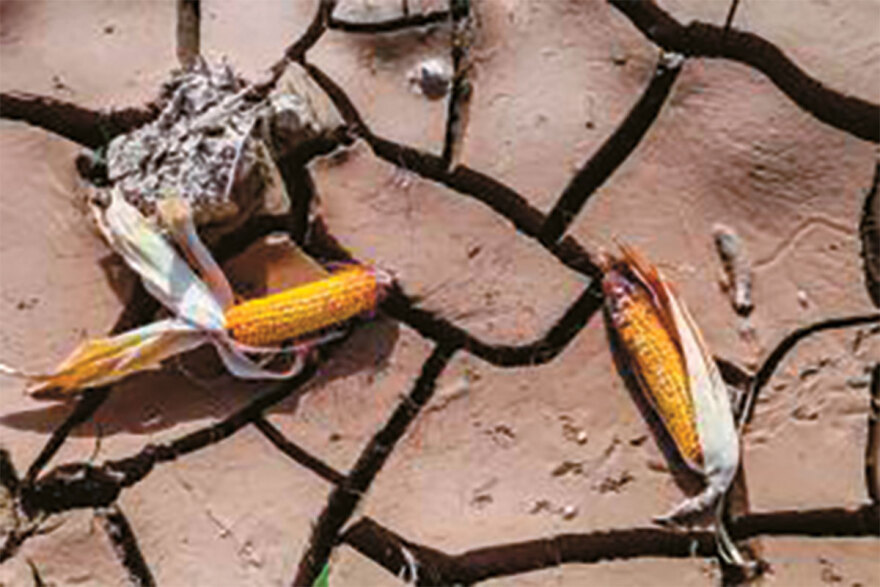
Olives
Kalamata is moving to normal olive production this year, but Crete and Macedonia are seeing a huge decline due to high temperatures.
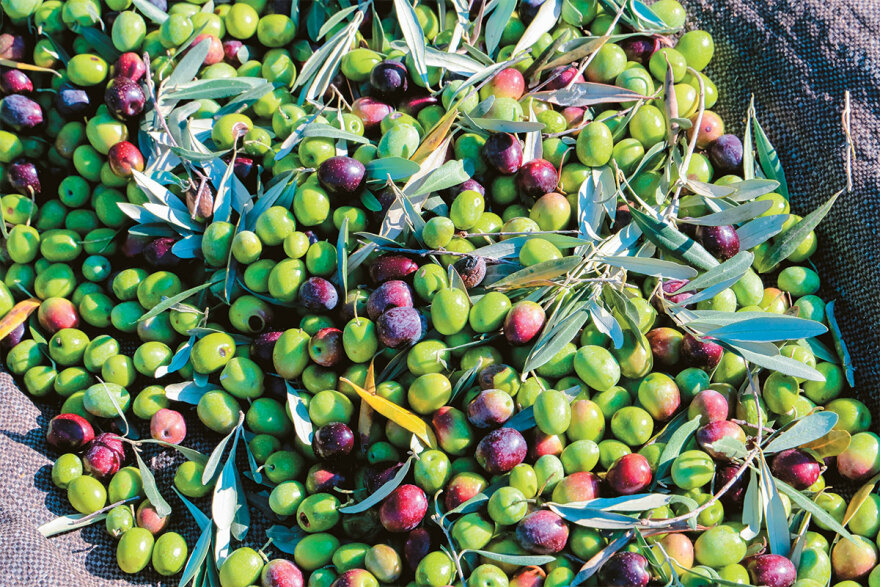
Ask me anything
Explore related questions
